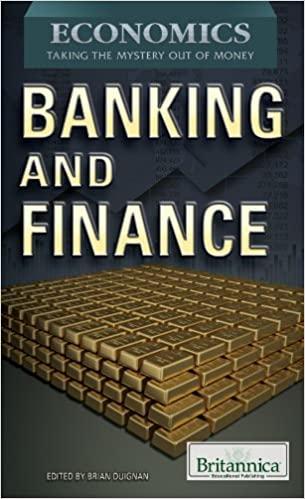Year 4 Operating Cash Inflows Year 0 Year 1 Year 2 Year 3 Year 5 Year 6 -$1,000,000 250,000 $100,000 $500.000 $100,000 $100,000 $600,000 (Initial outlay) Given the information in Table above and 15 percent cost of capital, compute the net present value. 2) Given the information in Table above and 15 percent cost of capital, discuss whether the project should be accepted or rejected 3) Assume that you are considering a project. It's initial after tax cost is $5,000,000 and it is expected to provide after-tax operating cash flows of $1,800,000 in year 1, $2,900,000 in year2, $2,700,000 in year 3 and $2,300,000 in year 4. Calculate the Internal Rate of Return (IRR) of the project and discuss whether you accept the project or not. 4) Assume that you bought 100 shares of ABC Corporation common stock for $53 per share last year. During the year you received dividends of $1.45 per share. The stock is currently selling for $60 per share. Calculate the rate of return you earn over the year. 5) A firm has just ended its calendar year making a sale in the amount of $150,000 of merchandise purchased during the year at a total cost of $112,500. Although the firm paid in full for the merchandise during the year, it has not collected at year end from the customer. Calculate the net profit and cash flow from this sale for the year. Bilal plans to fund his individual retirement account (IRA) with the maximum contribution of $2,000 at the end of each year for the next 20 years. If he can earn 12 percent on his contributions, calculate how much he will have at the end of the twentieth year. 5 Based on the table below, discuss which asset a risk-averse financial manager would prefer. D Initialement SIS Armature simit My minor > Given the following expected returns and standard deviations of assets B, M, Q. and D. discuss which asset a prudent financial manager should select. M Calculate the expected risk-free rate of return if asset X, with a beta of 1.5, has an expected return of 20 percent, and the expected market return is 15 percent 1. A firm with unlimited funds must evaluate five projects. Projects 1 and 2 are independent and Projects 3, 4 and 5 are mutually exclusive. The projects are listed with their returns bedende Metalye May Determine and discuss the ranking of the projects on the basis of their returns from the best to the worst according to their acceptability to the firm. 11) A firm is evaluating two projects that are mutually exclusive with initial investments and cash flows as follows. CA Instead . If the firm in the table above has a required payback of two (2) years, determine the projects which should be accepted / rejected? Discuss briefly. Assume that the new financial analyst does not like the payback approach and determines that the firm's required rate of retum is 15 percent. What do you expect about his recommendation? Discuss briefly. 12) A firm must choose from six capital budgeting proposals outlined below. The firm is subject to capital rationing and has a capital budget of $1,000,000, and the firm's cost of capital is 15 percent Ines Using the internal rate of return approach to ranking projects, which projects should the firm accept? Discuss briefly Using the net present value approach to ranking projects, which projects should the firm accept? Discuss briefly 13) A firm has a beta of 1.2. The market return equals 14 percent and the risk-free rate of return equals 6 percent. Calculate the estimated cost of common stock equity. 14) A firm has determined its cost of each source of capital and optimal capital structure, which is composed of the following sources and target market value proportions: Target Market Source of Capital Proportions After-Tax Cost Long-term debt Preferred stock Common stock equity 50 15 Calculate the weighted average cost of capital. 40% 10 6 11 15) A firm has determined its cost of each source of capital and optimal capital structure, which is composed of the following sources and target market value proportions: Target Market After-Tax Source of Capital Proportions Long-term debt Preferred stock Common stock equity 22 If the firm were to shift toward a more leveraged capital structure (i.e., a greater percentage of debt in the capital structure), discuss how the weighted average cost of capital would change. +5% 10 45 Cost 56 14









